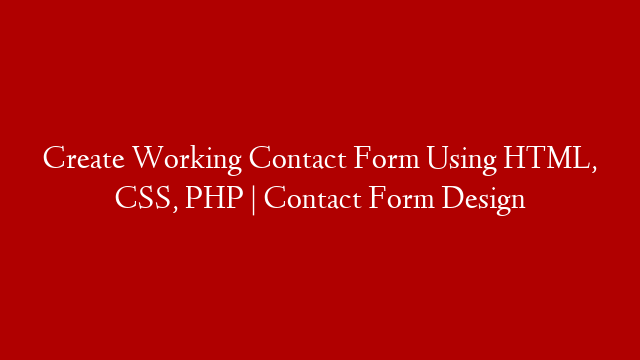Are you thinking about building your own real estate website? It’s a great idea! A website will give you a platform to showcase your listings, share your story, and attract new leads.
But where do you start? And how do you make sure your website will rank well on Google and engage viewers?
In this article, we’ll share some tips on building a real estate website that is both informative and persuasive. We’ll also provide some examples of great real estate websites to inspire you.
First, let’s talk about what makes a great real estate website. A good real estate website should:
Be visually appealing: Use high-quality photos and videos to show off your listings.
Be easy to navigate: Include clear menus and internal links so viewers can find what they’re looking for quickly.
Include compelling content: Write compelling descriptions of your listings and share blog posts that offer helpful insights into the real estate industry.
Be responsive: Make sure your website looks great on all devices, including smartphones and tablets.
Now that you know what makes a great real estate website, let’s look at some tips for building one.
1. Start with a strong foundation.
Before you start building your website, it’s important to set up a strong foundation. That means registering a domain name and choosing the right web hosting company. Your domain name should be short, memorable, and easy to spell. And your web hosting company should offer fast loading times, excellent customer support, and security features like SSL encryption. Once you have a domain name and web hosting account set up, you’re ready to start building your site. 
**2. Choose the right platform**
The next step is to choose the right platform for your site. There are many different content management systems (CMS) available. Some are better suited for small sites while others are more robust. We recommend using WordPress. It’s user-friendly, customizable, and has a large community of developers who create plugins and themes to extend its functionality. Plus, there are plenty of resources available online if you need help getting started.
3. Find the right theme
Once you have WordPress installed, it’s time to choose a theme for your site. There are thousands of themes available, so take some time to browse through them and find one that fits your story and brand identity. When choosing a theme, look for one that is responsive (meaning it will look great on all devices), easy to customize, and includes features like social media integration and email capture forms.
4. Install essential plugins
Next, it’s time to install some essential plugins on your WordPress site. These plugins will add functionality to your site and help you achieve specific goals – like capturing leads or growing your email list – so choose carefully depending on what you need. Some essential plugins for real estate websites include Gravity Forms (to create contact forms), WPML (to create a bilingual or multilingual site), Yoast SEO (to improve your site’s search engine optimization), Google Analytics (to trackyour website traffic),and Jetpack (for security and performance enhancements).
5. Add compelling content
Once everything is set up, it’s time to start adding content to your site! When creating content for your real estate website , think about what potential buyers or sellers would want to see – whether it’s information about the local market , advice on buying or selling a home , or featured listings . Remember to include compelling photos , videos , or infographics along with each piece of content to help grab attention – after all , visuals are key in the world of online marketing !
6. Optimize for search engines
As we mentioned earlier , one of the goals of your real estate website should be ranking well on Google (and other search engines). To help with that , be sure to Optimize each page ofcontent using target keywords related toWhat You Do , Where You Do It & Who You Do It For . Also important (and often overlooked) : optimizing things like title tags (which appear in search results), meta descriptions (which give potential visitors more information about what they’ll find on your page), image alt text (which helps Google understand what an image is about),and anchor text (the text used in links). These might seem like small details ) but they can make a big difference when it comes From an SEO perspective !
7. Promote Your Site
The final step ? Promote Your Site ! After all , there’s no use in having a beautiful + functional website if nobody knows it exists . Here are some quick ways To promote Your Real Estate Website :
Share Your Website On Social Media : This one is pretty obvious but still worth mentioning ! Make sure all of Your social media channels include links back To Your Website . And don’t forget To use relevant hashtags #where appropriate too . Add A LinkedIn InShare Button : The InShare button allows LinkedIn users To share articles fromYour Website directly On LinkedIn . You can get the code For The InShare button here . Use Google My Business : Claiming & optimizing Your Google My Business listing is another great wayTo Promote Your Website . Plus , it can help with local SEO too ! Run Ads : Advertising online is also an effective way To get more eyes On Your Real Estate Website . You can use platforms like Google AdWords or Facebook Ads To target potential buyers & sellers inYour area .


